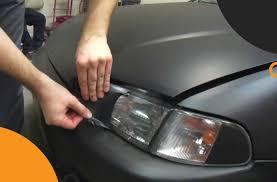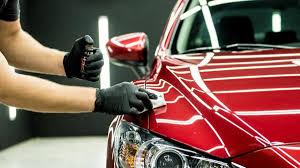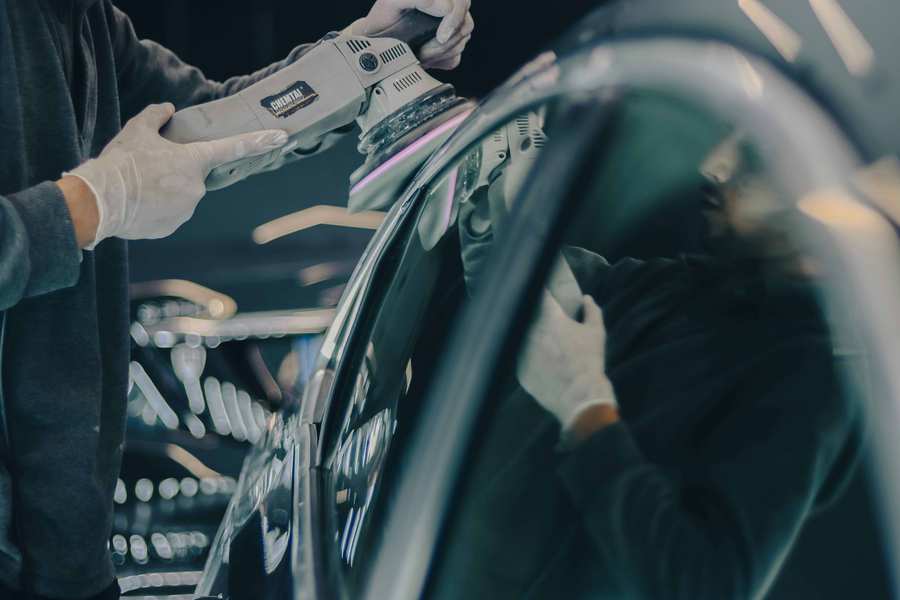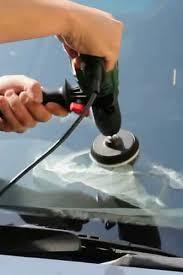Rubber Coating for car
INR 0
Enquire
Description
Rubber coating for cars, often referred to as rubberized undercoating or rubberized coating, is a protective layer applied to various parts of a vehicle to enhance durability, resist corrosion, and provide sound deadening. Here’s a detailed description of rubber coating for cars: Purpose and Benefits: Corrosion Protection: Barrier Against Moisture: Rubber coating creates a watertight barrier, preventing moisture, salt, and other corrosive elements from reaching the metal parts of the vehicle. Rust Prevention: It helps in preventing rust and corrosion, especially on the undercarriage, where exposure to water, road salt, and debris is frequent. Impact Resistance: Shield Against Debris: The coating provides a protective layer that can absorb and deflect impacts from stones, gravel, and other road debris, reducing the risk of damage to the vehicle’s underbody and paintwork. Sound Deadening: Noise Reduction: Rubber coating acts as a sound insulator, reducing road noise and vibrations that enter the cabin, providing a quieter and more comfortable ride. Durability: Long-Lasting Protection: The tough, flexible nature of the rubber coating ensures long-lasting protection even under harsh conditions. Types of Rubber Coatings: Rubberized Undercoating: Usage: Typically used on the undercarriage of the car to protect against rust and damage. Application: Applied using a spray can or spray gun for even coverage. Spray-On Rubber Coating: Usage: Can be used on various parts of the car, including the exterior and interior surfaces. Application: Usually comes in aerosol cans for easy application on smaller areas. Roll-On Rubber Coating: Usage: Ideal for larger surfaces or specific areas that need a thicker layer of protection. Application: Applied with a roller or brush. Application Process: Preparation: Cleaning: Thoroughly clean the surface to remove dirt, grease, and rust. This may involve using a degreaser and a wire brush for stubborn rust spots. Drying: Ensure the surface is completely dry before application to achieve proper adhesion. Masking: Protection: Mask off any areas that you do not want to coat, such as brake components, exhaust system parts, and other delicate areas. Application: Spray-On Method: Shake the can well and apply the rubber coating in even, sweeping motions. Maintain a consistent distance from the surface to avoid drips and uneven coverage. Roll-On/Brush-On Method: Pour the coating into a tray and use a roller or brush to apply an even layer, ensuring thorough coverage.





